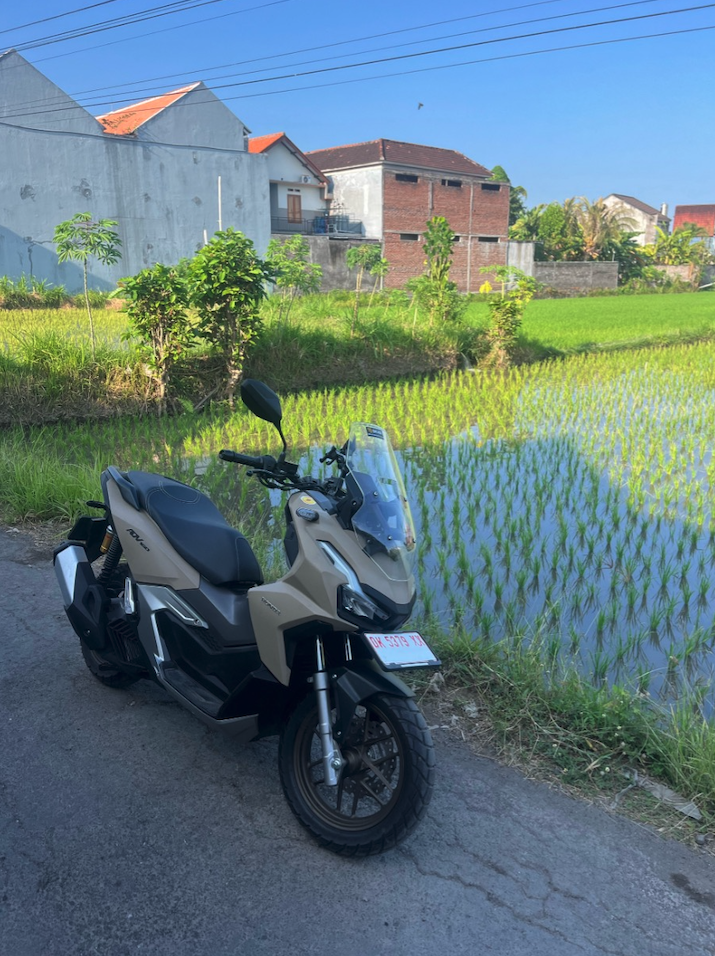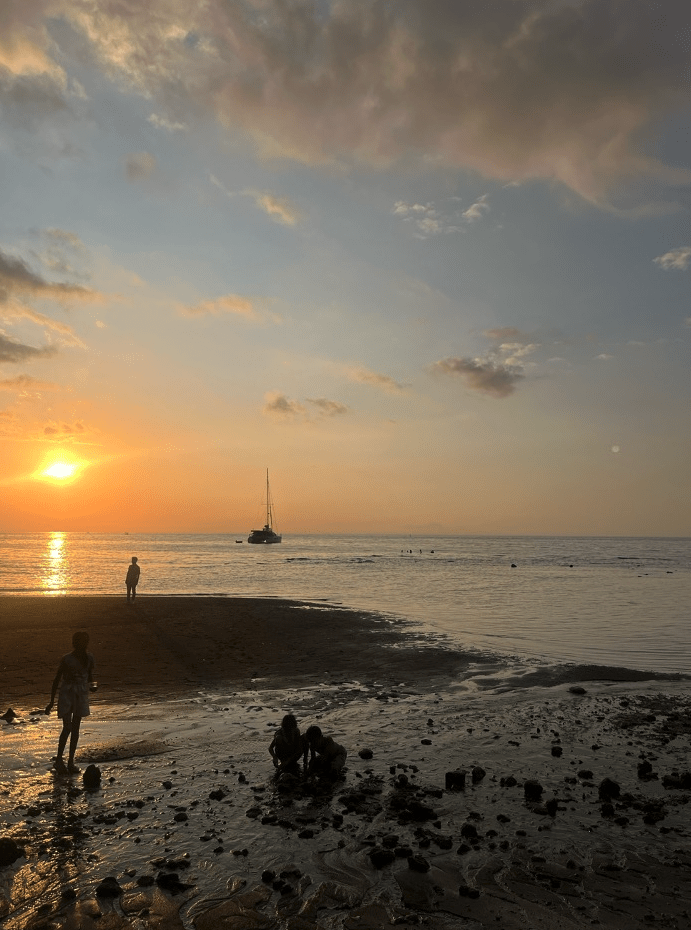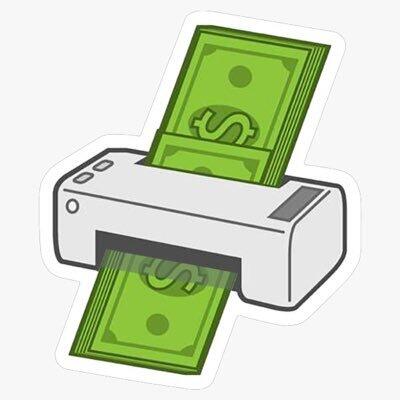Next time you see high currency denominations, remember someone poorer than you paid for it with their life’s savings.
Last month I went on a solo bike trip around the beautiful Indonesian island of Bali.

What I took from my week away was the following: beautiful beaches, friendly people, delicious food, and an utterly worthless currency.
I was struck by how worthless the Indonesian's Rupiah (IDR) was.
2000 IDR for parking, 15,000 IDR for coffee, and 50,000 IDR for fried rice! Converted into AUD or any Western currency, these amounts are mere pocket change, which begs the question: why?
 188k IDR (approx. 18 AUD)
188k IDR (approx. 18 AUD)
Indonesian people have been saddled with high inflation for over a hundred years. In fact, the Rupiah’s Wikipedia page is just a long run sheet of debasements and rug pulls from foreign and domestic powers, but none were as big or as recent as the 1990's.
https://en.wikipedia.org/wiki/History_of_the_Indonesian_rupiah
Asian Financial Crisis – A Short History Lesson
If you watch any YouTube video or read articles about the 1997 Asian Financial Crisis it’ll paint you the same incomplete story. They’ll tell you that the entire Southeast Asian region (known as the Tiger countries) had booming economies through the 1990’s as measured by the godfather of Keynesian measurement GDP (this is a great casestudy on the flaws of this metric).
Then one day out of the blue in 1997 the Thai central bank ran out of foreign currency reserves, could no longer sustain the rapid growth and thus the bubble burst.
The ‘Asian Contagion’ as they called it spread through the reason like wildfire, hitting Indonesia the hardest.
All accounts of the crisis on the internet wrap up by concluding Indonesia experienced an 87% currency devaluation between 1997-1998, before wrapping up the story there.
 IDR/USD exchange rate | https://fred.stlouisfed.org/series/CCUSSP02IDQ650N
IDR/USD exchange rate | https://fred.stlouisfed.org/series/CCUSSP02IDQ650N
I won’t detail the full causes and effects of the crisis in this article but unfortunately the one sentence summary described perfectly by the Austrian Business Cycle Theory.
Easy Money > Increased Debt > Artificial ‘Prosperity’ > Malinvestment > Bubble Burst > Millions Forced into Poverty
Keynesian economists get away with wiping out working-class people because they boil financial repression down to complex models and aggregates.
If Mises’s Human Action has taught me anything it’s that graphs and numbers only tell you so much, but economics must be fundamentally understood at a personal level.
Real World Effect
During my travels I met Bulan, grandmother who runs a guesthouse on the beach with her entire family.

Bulan’s granddaughters looking for crabs on the local beach.
Although I couldn’t communicate with her beyond hand gestures, I understood her story. I saw a family that had worked and saved for generations, only to have to start over in the 1990s when almost 90% of their wealth evaporated in just three months.
Unfortunately, this is the story of the masses in the Global South. Not only does Bulan’s family face higher inflation than we do, but they also have minimal options for financial protection.
There are no mutual funds, ETFs, or indexes they can invest in. Their best hope is to buy their own house and pray that the cash under their bed doesn’t depreciate. These are the most vulnerable people.
The Need for Sound Money
There are very few better examples than the need for sound money than Indonesia. For a society to be truly free, one must first be able to save. And one can only truly save in a currency free from debasement.
Accumulating, storing, and passing down wealth is a tradition as old as family itself.
I just hope that Bulan’s granddaughters are given a fairer go than her.

